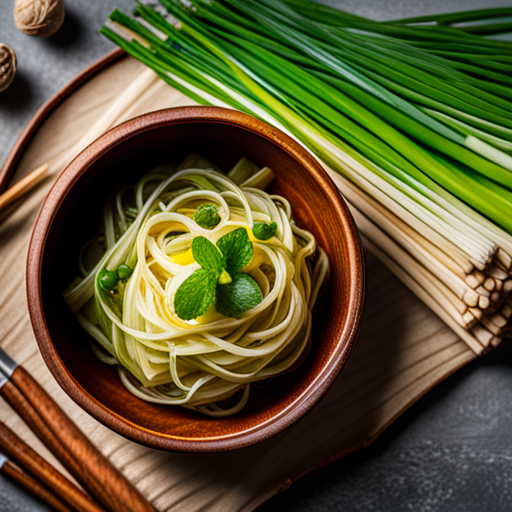The Versatile Lemongrass: A Secret Ingredient That Will Elevate Your Cooking
Introduction
If you’re a food enthusiast or someone who loves experimenting with flavors, then you must have come across a unique herb called lemongrass. With its distinct citrusy aroma and subtle zesty taste, lemongrass adds a refreshing twist to various cuisines worldwide. But what exactly is lemongrass, and how can you make the most of it in your cooking? Let’s dive in and discover the wonders of this special ingredient.
Getting to Know Lemongrass
Originally from Southeast Asia, lemongrass belongs to the grass family and is a tall, fibrous plant with a lemony scent and flavor. It is a popular ingredient in Thai, Vietnamese, and Indonesian cuisines, where it is widely used in curries, stir-fries, soups, and even beverages. The outer layers of lemongrass are quite tough and inedible, but the softer inner core is used for culinary purposes.
Health Benefits of Lemongrass
Aside from its delightful taste, lemongrass also boasts several health benefits. Due to its high concentration of citral, a compound known for its antimicrobial and anti-inflammatory properties, lemongrass can aid digestion, boost immunity, and relieve bloating. It is also rich in antioxidants and contains essential vitamins such as vitamin C, vitamin A, and folate. Adding lemongrass to your recipes not only enhances the flavor but also contributes to your well-being.
Ways to Incorporate Lemongrass in Cooking
The wonderful thing about lemongrass is its versatility. Here are a few creative ways to incorporate lemongrass into your cooking:
In Soups and Curries
One of the most common and delicious uses of lemongrass is in soups and curries. Simply bruise the stalks to release their aromatic oils and add them to your simmering broth or curry base. The lemongrass will infuse its unique flavor, giving your dish a citrusy kick. Remember to remove the stalks before serving, as they are fibrous and not pleasant to chew on.
In Marinades and Dressings
Lemongrass is an excellent addition to marinades and dressings, as it adds a wonderful tangy taste. Finely chop the inner core of the lemongrass and mix it with other ingredients like garlic, lime juice, soy sauce, and ginger. This marinade is perfect for chicken, fish, or even tofu, lending a refreshing flavor to your dishes.
In Tea and Infusions
For a calming and soothing experience, lemongrass makes an excellent ingredient for tea and infusions. Boil water and add a few stalks of lemongrass, along with some ginger and honey if desired. Let it steep for a few minutes, and enjoy a delightful herbal beverage that will warm your heart and invigorate your senses.
In Desserts and Baked Goods
Believe it or not, lemongrass can also be used to add a unique twist to your desserts and baked goods. Infuse lemongrass into milk or cream when making custards or ice creams, giving them a subtle citrus flavor. You can also finely chop the inner core and blend it into your cake batters or cookie doughs for a refreshing surprise.
Conclusion
With its invigorating aroma and vibrant taste, lemongrass is a special ingredient that has the power to transform your culinary creations. Whether you use it in soups, curries, teas, marinades, or even desserts, lemongrass is sure to add a delicious touch to your dishes. So next time you’re planning a meal, don’t forget to include this versatile herb and elevate your cooking to a whole new level.






